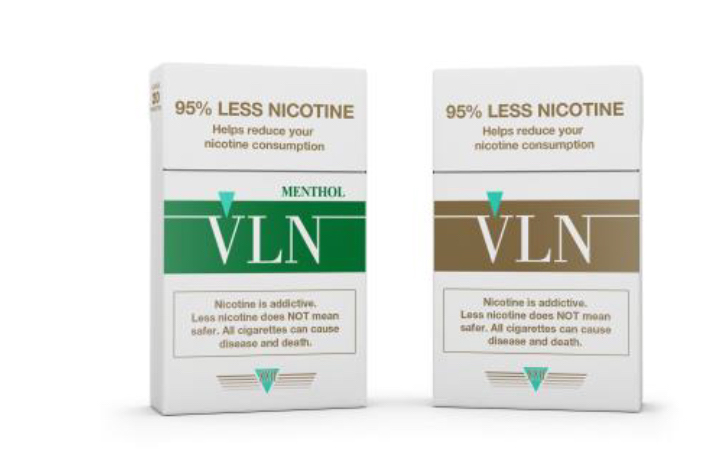The legislation includes a provision requiring automakers to develop passive technology that’s expected to save thousands of lives annually
By Jason Langendorf
When President Joe Biden signed the $1 trillion infrastructure package into law last week, the legislation included a provision requiring automakers to develop new technology that is expected to prevent thousands of drunk driving deaths.

Outlined under the “Advanced Impaired Driving Technology” section of the Infrastructure Investment and Jobs Act, the provision mandates that “advanced drunk and impaired driving prevention technology must be standard equipment in all new passenger motor vehicles.” The National Highway Traffic Safety Administration (NHTSA) will have up to three years to evaluate technologies and determine standards for the new equipment, and the vehicles could begin rolling out of factories as soon as 2026.
The NHTSA reported 10,142 deaths due to drunk driving crashes in the United States in 2019—or 28 people per day. In its reporting of all lethal traffic collisions, the NHTSA estimated 20,160 deaths in the first half of 2021, the highest first-half total the organization has recorded since 2006. Among the contributing factors behind the spike was an increase in impaired driving during the pandemic, the agency noted.
“We need technology to stop the nightmare on our roads,” said Alex Otte, president of Mothers Against Drunk Driving (MADD). “Existing technologies and those in development will stop the hazardous driving behavior of people who refuse to make the right choice themselves.”
The New Legislation
The exact nature of the technology will ultimately be determined by the NHTSA, but the subsection of legislation detailing its requirements are outlined here:
(1) Advanced drunk and impaired driving prevention technology. The term “advanced drunk and impaired driving prevention technology” means a system that (A) can (i) passively monitor the performance of a driver of a motor vehicle to accurately identify whether that driver may be impaired; and (ii) prevent or limit motor vehicle operation if an impairment is detected; (B) can (i) passively and accurately detect whether the blood alcohol concentration of a driver of a motor vehicle is equal to or greater than the blood alcohol concentration described in section 163(a) of title 23, United States Code; and (ii) prevent or limit motor vehicle operation if a blood alcohol concentration above the legal limit is detected; or (C) is a combination of systems described in (A) and (B).
It will take time for this technology to reach its full potential, but it is an important part of the overall strategy to reduce impaired driving.”
—Charles Farmer, Insurance Institute for Highway Safety
The Insurance Institute for Highway Safety (IIHS) notes that ignition interlocks attached to breath-testing units are already in use for many people convicted of alcohol-impaired driving. Additionally, the Driver Alcohol Detection System for Safety (DADSS) project is testing a passive alcohol sensor that detects the driver’s blood-alcohol content (BAC) by measuring the ambient air in the vehicle.
According to a recent study by the IIHS, more than 9,000 lives a year could be saved through implementation of an alcohol-detection system—or more than a quarter of total U.S. road fatalities.
“A lot of safety features that start out as options quickly come to be seen as essential,” says Charles Farmer, IIHS vice president of research and statistical services, and author of the study. “It will take time for this technology to reach its full potential, but it is an important part of the overall strategy to reduce impaired driving.”
Top photo: Shutterstock














